Puppy-Proofing Your House: Creating a Safe Space for Your New Dog
Bringing a new puppy home is a life-changing event filled with joy, laughter and, if we’re being honest, a little bit of chaos. A brand-new puppy is experiencing the world for the first time and often they do it with their clumsy bodies and very sharp teeth, which can cause a few accidents along the way. This is where dog safety comes in.
As their human, it is your responsibility for a puppy proofing house to protect them from getting hurt or sick. While it’s very likely that accidents will still happen, there are a few things to do before bringing your new four-legged family member home to minimize the risk and create a safe haven for dogs.
Puppy proofing house checklist

Here is a puppy proofing house checklist to use when getting your house ready for a puppy:
Set up a safe space: It can be easy to forget that your puppy doesn’t yet know their place and role in the home. Put their bed, toys and crate in one space and constantly reinforce this as a happy and safe space that is just theirs. Not only will they feel safe and happy, but they can return here for a breather or a snooze if needed.
Check indoor and outdoor plants: If you love plants, you may soon discover that they are very fun for a new puppy to play with and that many are poisonous to them. Move indoor plants out of reach and review each type of plant indoors and outdoors to be sure there aren’t any that could be toxic to them
Prepare for teething: If you don’t know already, you will soon learn that new puppies love to turn just about anything into a chew toy. Take a scan of living areas at ground level to remove anything that could be munched on. This includes rugs, furniture, trash, door stops and shoes to name a few.
Move breakables: One of the best things about puppies is that they have a ton of energy, but this can wreak havoc if they jump onto something breakable. Move any objects that may fall easily or could shatter to higher ground or put it away in a closet temporarily during this puppy phase.
Treat wisely: It can be tempting to show your love to your new puppy by giving them treats. Plus, they can be a great tool for training. However, keep in mind that puppies are still developing their immune systems and may experience allergies and adverse reactions to certain food types. Talk to your veterinarian before stocking your cabinets.
Switch out rugs: If you have rugs located around your home, they will probably take a beating during potty training. Either invest in washable rugs or switch out expensive rugs for temporary ones that can take a little bit of wear and tear until your puppy can be trusted not to ruin them. It’s also a good idea to find a great spot cleaner specifically designed for pet accidents.
Chew toys: A great technique to make furniture and ankles less tempting is to offer alternatives to chew on. Natural treats like deer antlers, marrow bones and bully sticks or hard-to-destroy toys like a Kong filled with peanut butter can provide distractions that last a long time. Frozen chew toys can soothe your puppy’s gums. Be sure to consult your veterinarian about anything edible.
Crate training: Crate training is an excellent way to not only potty train your puppy, but to keep them safe while in the home and on the road. Plus, they can become a great place for them to relax away from the household. Consult a professional dog trainer to properly incorporate crate training techniques and to find out what size and type of crate is best for your pup.
Pet gates: Pet gates are a fantastic way to keep your puppy barricaded from dangerous situations such as stairs or when they just need a quick time out from household activity. Plus, modern pet gates are designed to fit right in with your home’s style. If you have baby gates, those can double as a pet gate.
Cleaning products: Puppies want to give just about everything a taste and this makes them especially vulnerable to exposure to toxins. Now may be a good time to switch to products with minimal chemicals. If you have an especially mischievous pup, you may want to invest in baby-proofing locks.
Yard safety: If you’re lucky enough to have an outdoor space for your puppy to roam around in, you should take a few laps around to spot any hazards such as loose fence boards, toxic chemicals or places that they might be able to dig out of. Just like indoors, you will want to train your pup to know what spaces they have the green light to explore and where they should stay out of.
Secure furniture: Large furniture can not only tip over and injure your puppy but can cause unnecessary fear if knocked down or bumped while playing. Test all tall and large pieces of furniture by gently rocking them. If there is any chance of it tipping, purchase a furniture anchoring kit.
Electrical risks: Much like bringing a baby home, you will want to be sure there aren’t any electrical risks that your puppy can get into. Cord organizers can keep cords off the ground and out of reach. Socket covers can further protect your pup from getting into any mischief. Walk the perimeter of any spaces they will have access to and make sure all cords are hidden from their view.
Comfort items: Puppies can experience separation anxiety once they begin bonding with you. There are many great products on the market that are designed to soothe them, both while they are getting acclimated to their new home and when you have to leave them. Heartbeat stuffed animals, comfort blankets and even clothing with your scent can all assist during this transition.
Upgrade interiors: if you’re able to, invest in puppy-proof products such as furniture upholstery and paint that is designed to withstand messes like slobber and mud. While these are mostly for humans’ benefit, they can remove frustration from the household.
Couch covers: These days, there are many products on the market designed to keep your best friend safe while also making sure your home remains stylish. Furniture covers can be a great affordable alternative to upholstery, with the added bonus of having the option to change them out frequently. Speaking of the couch, you could get a custom dog blanket to throw on it to make your pup more comfortable and bring more smiles to your face.
Declutter toys: If you have kids in the home, an important thing to remember is that many of their toys look the same to a puppy as their own. In addition to working on training as they get older, keep toys that could be choking hazards or easily destroyed well out of reach.
Collar and leash: There is no one-size-fits-all collar and leash set-up. To keep them safe while walking, choose a setup that fits your puppy’s energy level, play style and specific behavioral issues you are working on. While this may change as they grow older, starting with comfortable and well-fitting accessories is a great start. If you know someone who just recently got a puppy, and are looking for some gifts for new dog owners, a collar and leash combo might be a good idea. To allow them to treasure the puppy time for years to come, also consider pet picture gifts.

Take a time out: One of the best things about puppies is their endless energy and being ready to play at the drop of a hat. While a ton of exercise and play will definitely be needed, even puppies need breaks. If you notice them overexerting themselves, guide them to their bed or crate for a quick time out and praise them once they’re there so they know they aren’t being punished.
Prepare for accidents: Accidents happen but they can be less stressful if you get ready for them before they do. Especially if this is your first puppy, you will want to form a relationship with a local veterinarian and make their first appointment for shots. Keep an emergency vet’s information in your phone and familiarize yourself with signs and symptoms that something may not be right.
Training: Training is the best way you can set your pup up for success in the home and out in the world. A puppy training class can teach them the basics and help foster a trusting relationship while also establishing you as their leader. This will go a long way in avoiding mishaps and pave the way for a lifetime of safe and fun adventures.
Getting your house ready for a puppy
The most important thing to remember with a puppy proofing house is to lead with patience and love. They are learning how to live in this big, scary world for the very first time and you have the privilege of showing them the way.
At the end of the day, accidents are going to happen, but you can always do your best to create a safe haven for dogs for your new four-legged family member when they do. Bringing any pet into your home is a huge responsibility and one that shouldn’t be taken lightly.
In exchange for keeping them safe, healthy and comfortable, you will be given trust, loyalty and love for many years to come. Puppyhood goes by fast so enjoy the many wonderful moments as they come!

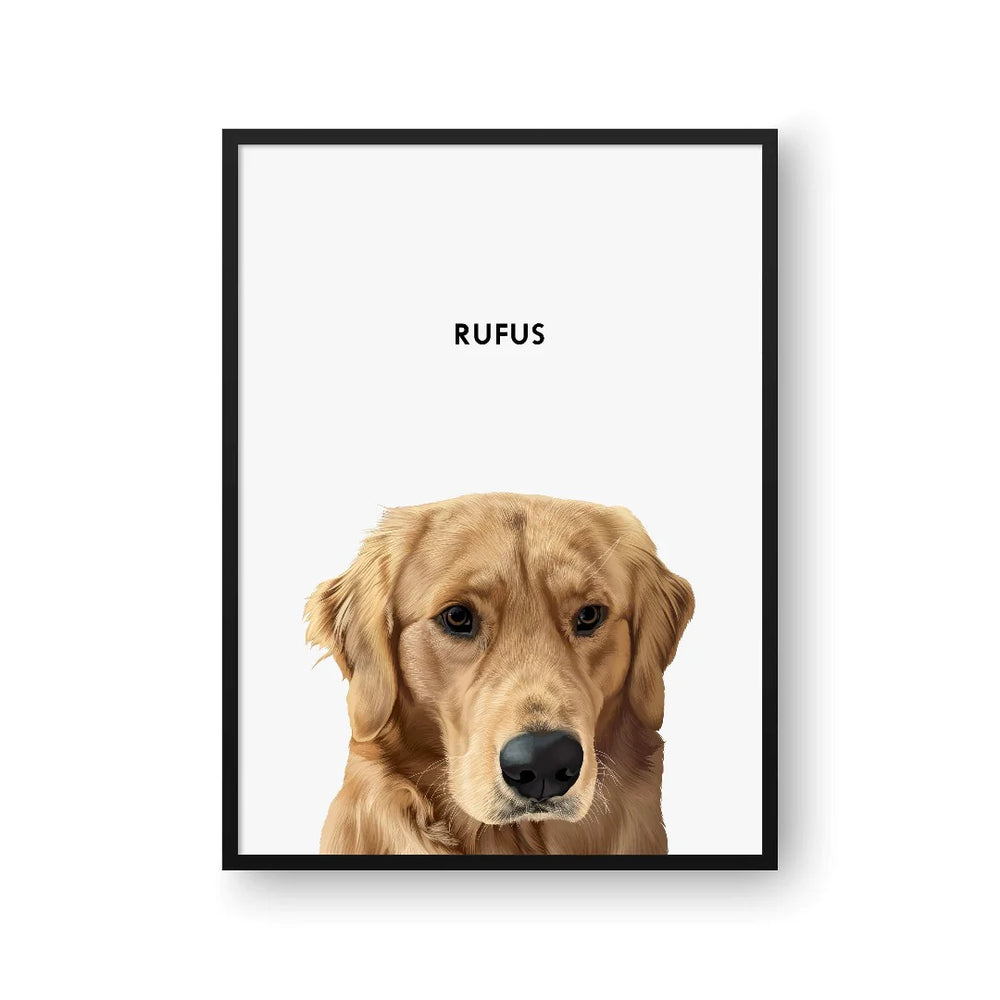



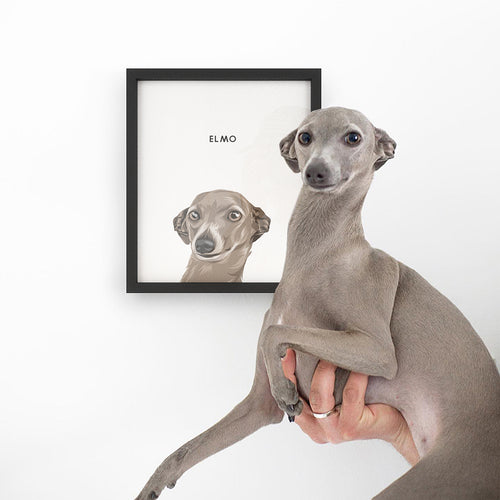
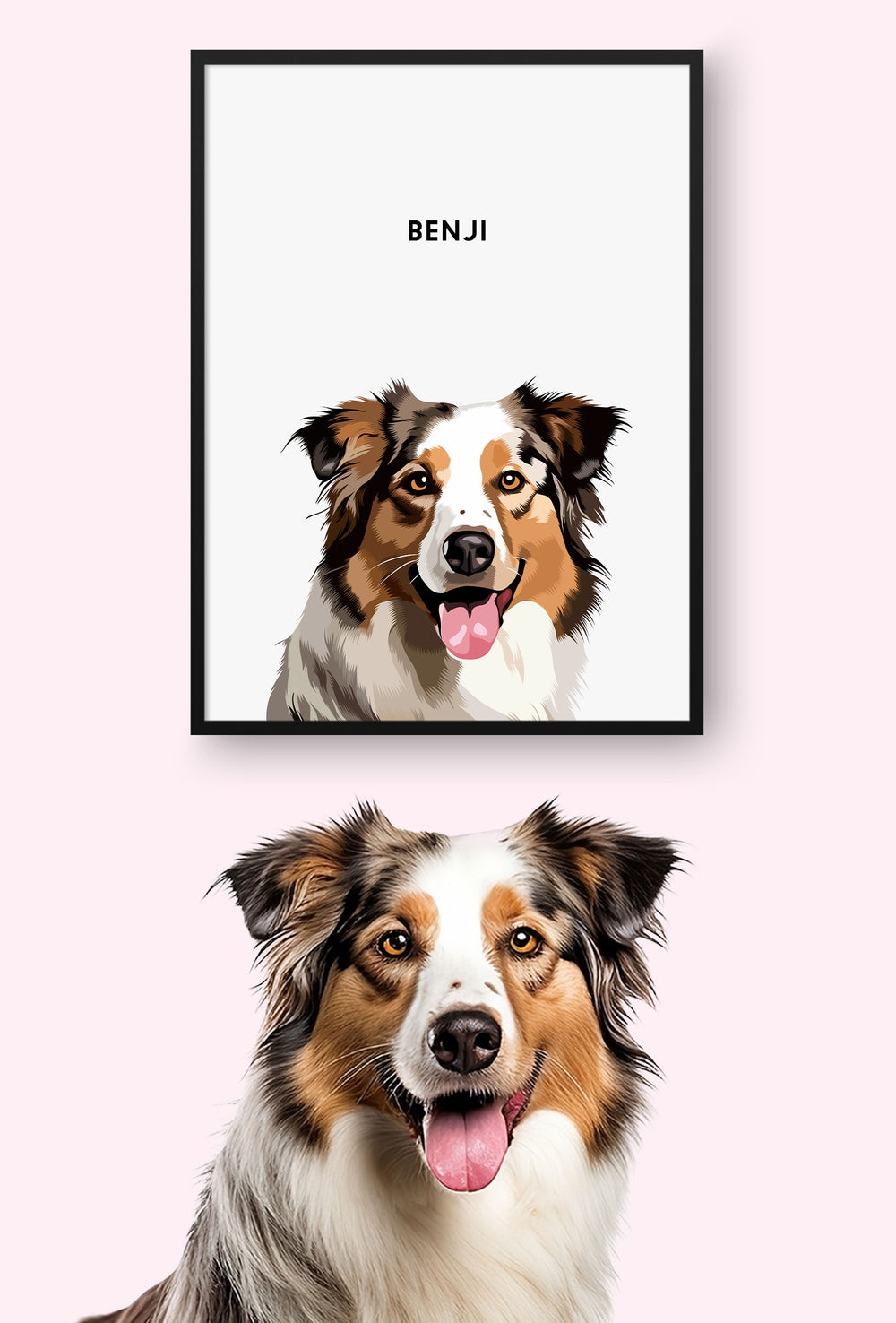
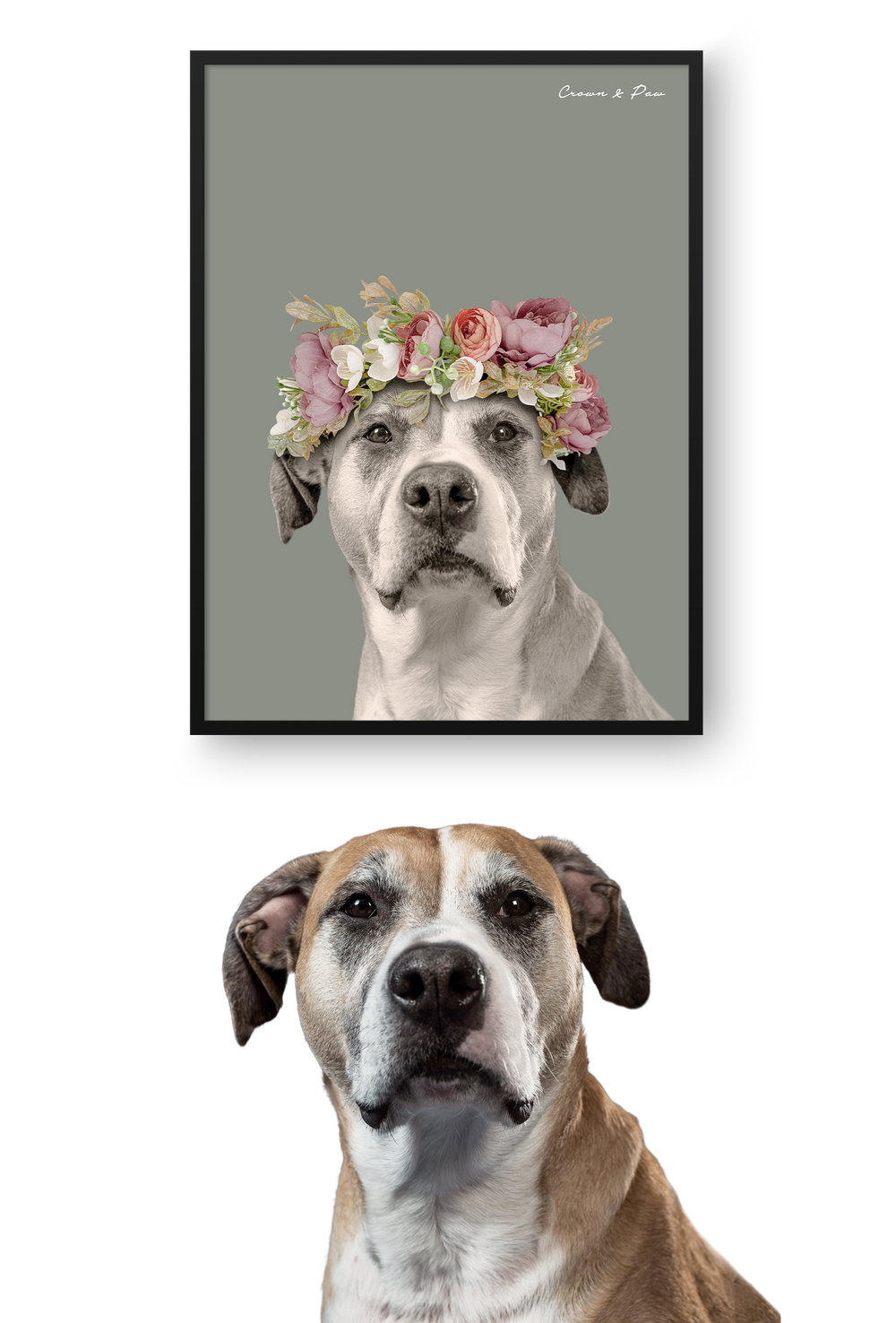
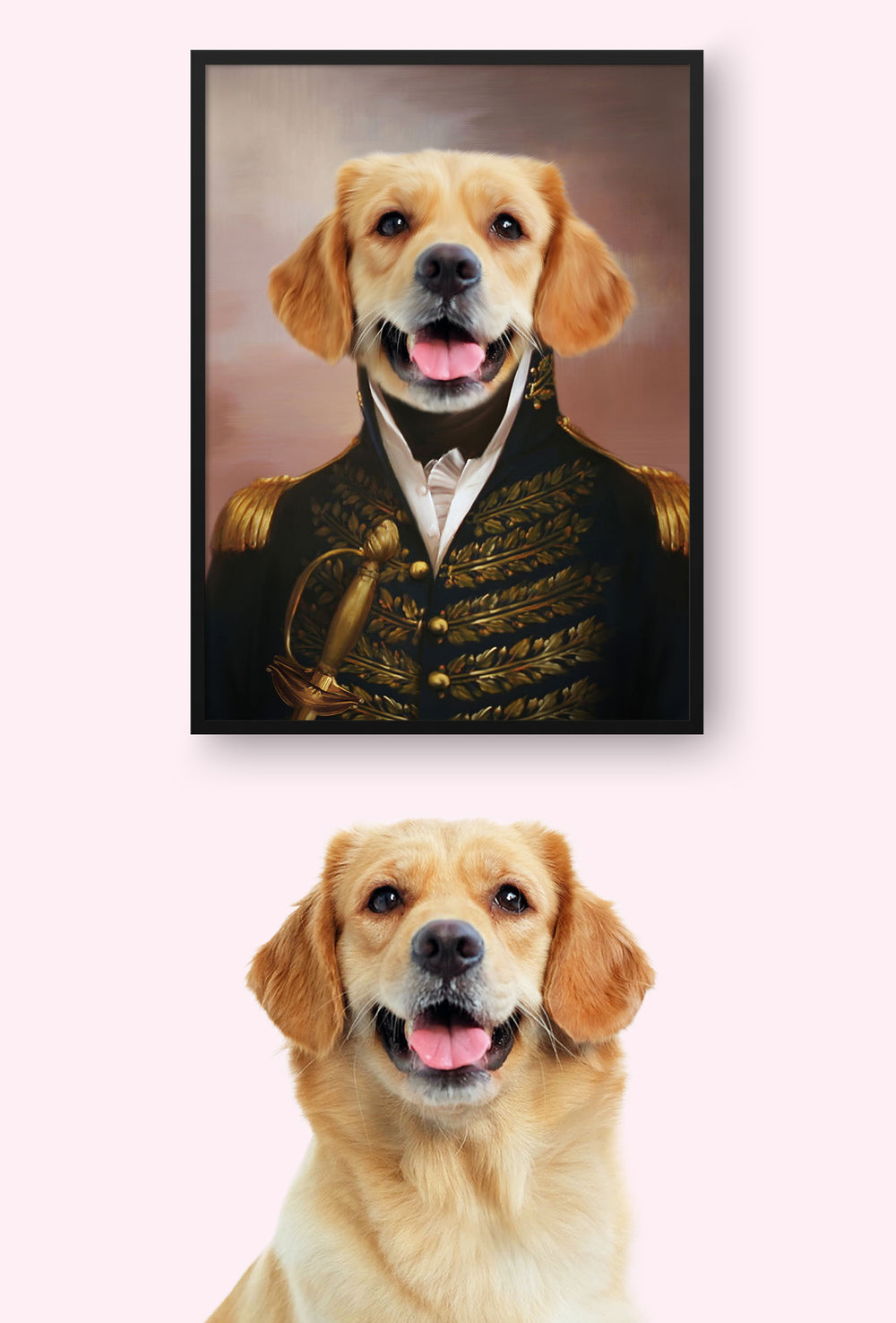
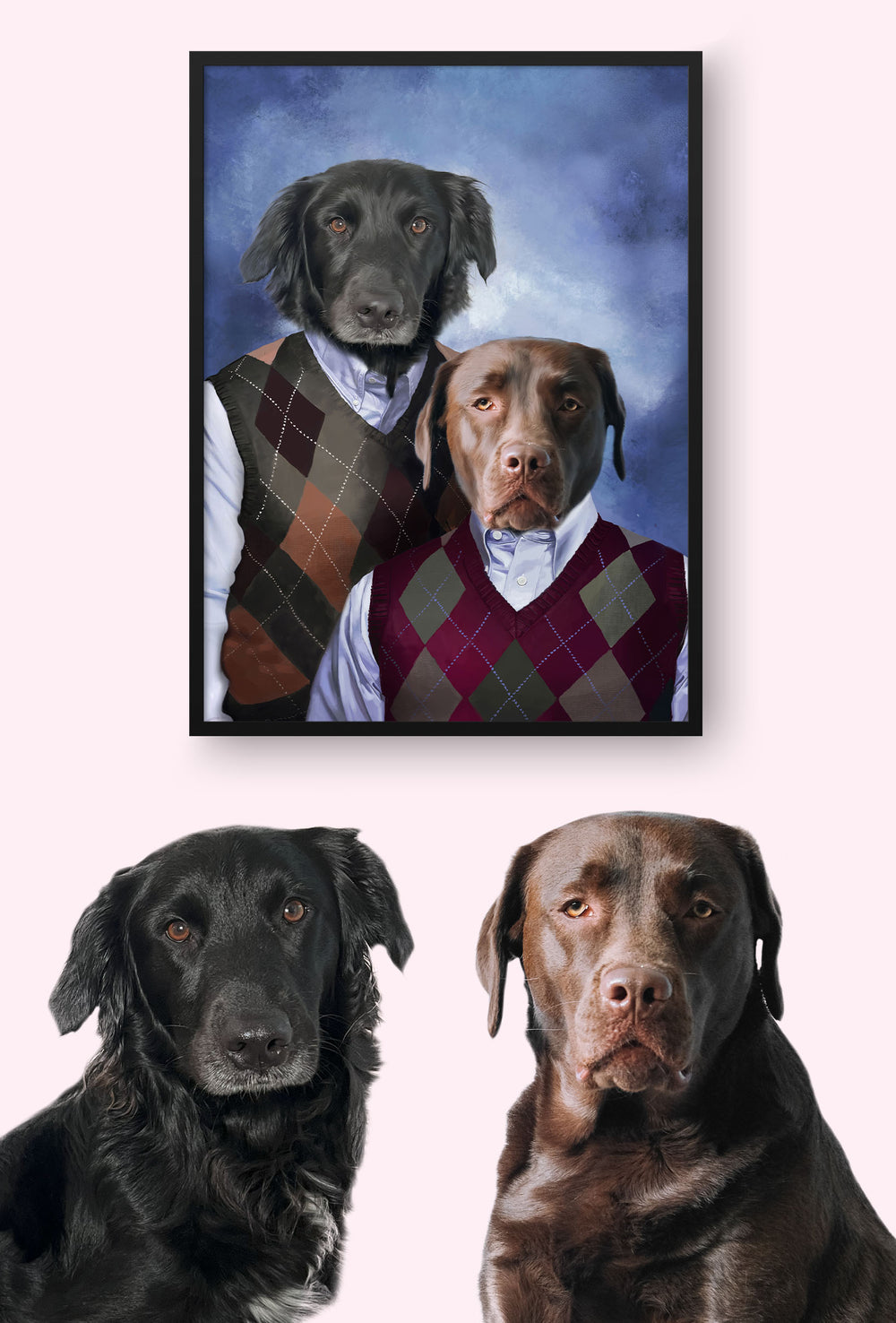
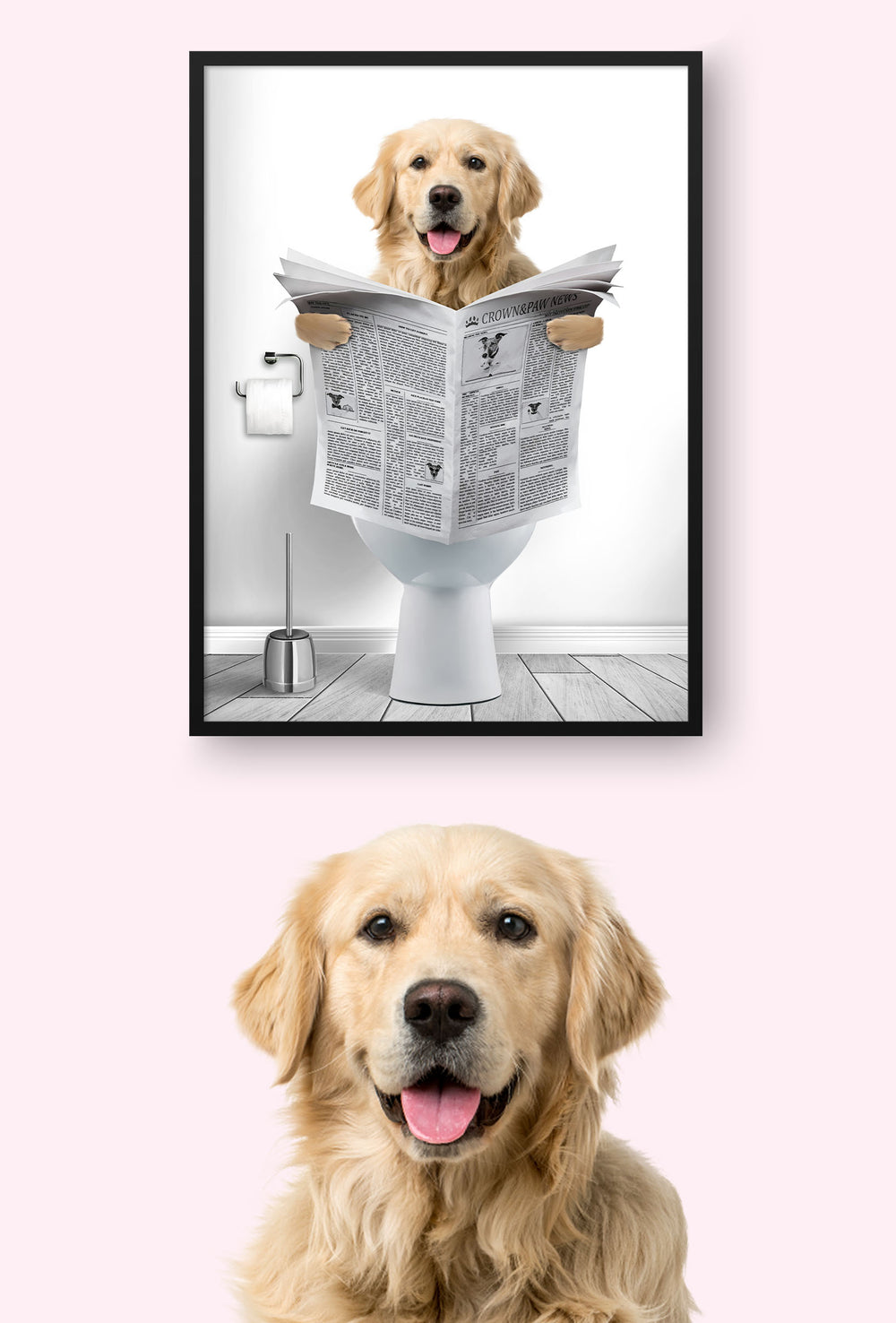
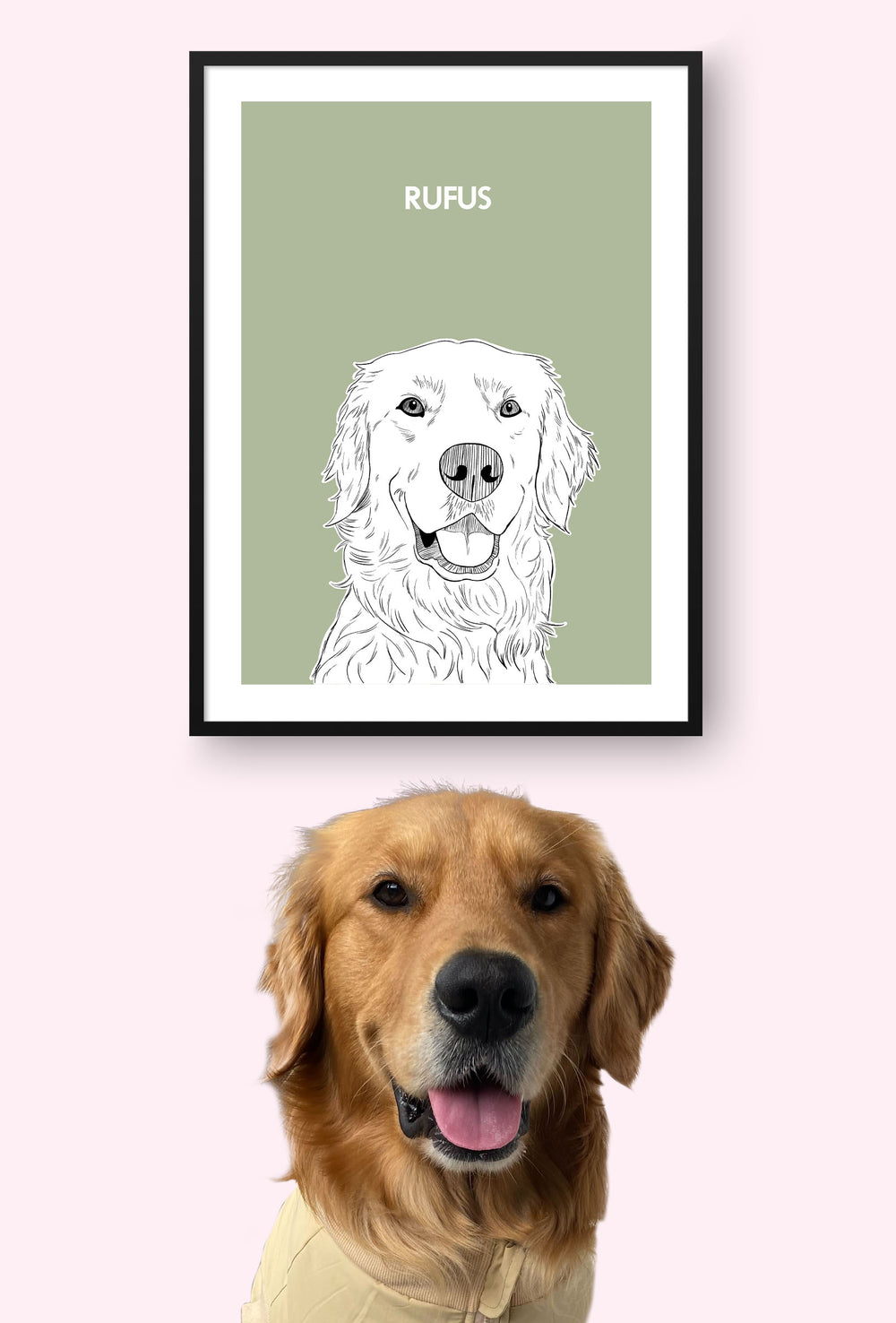

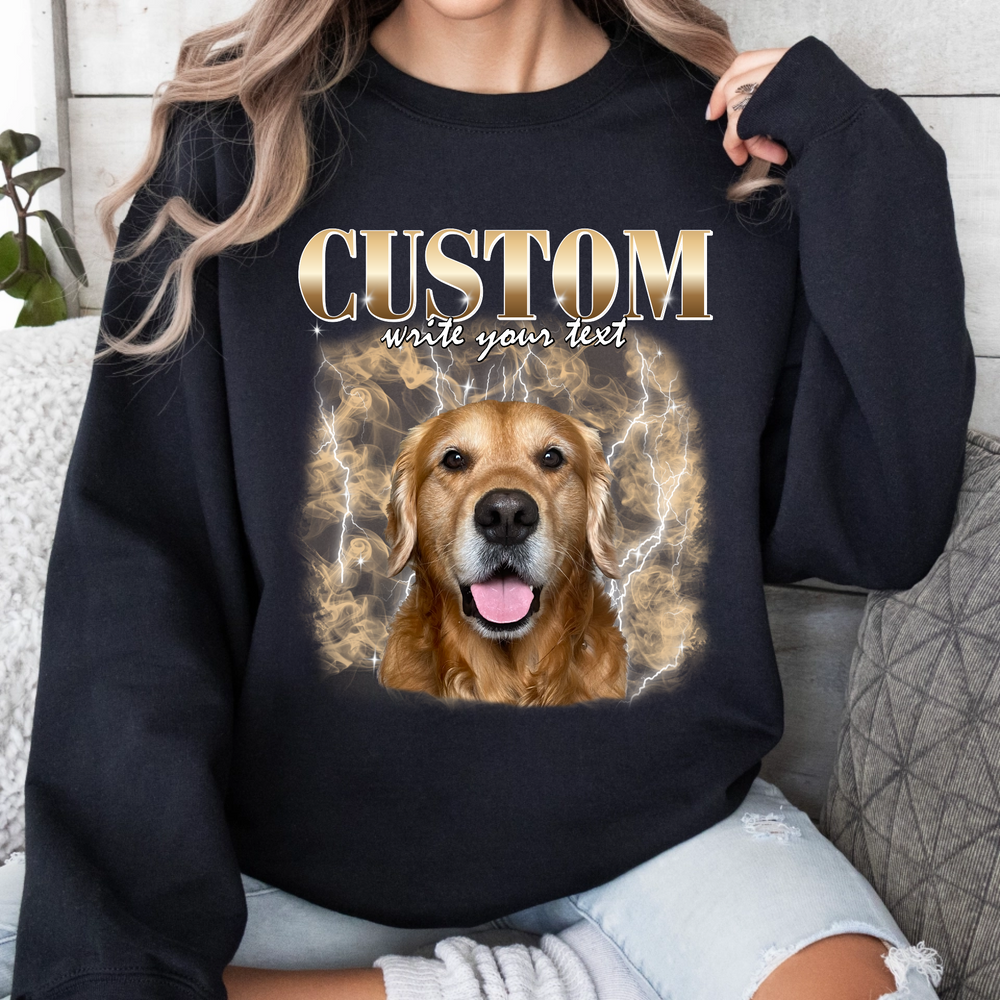

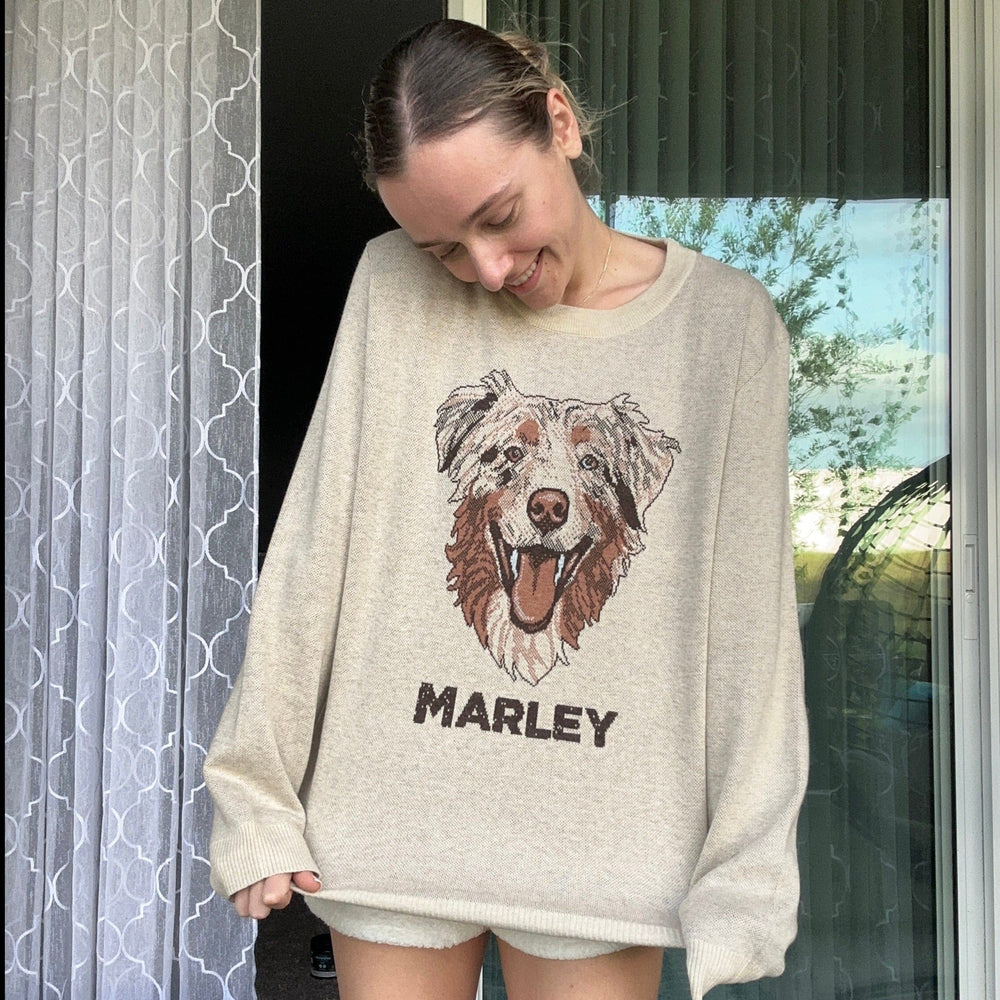

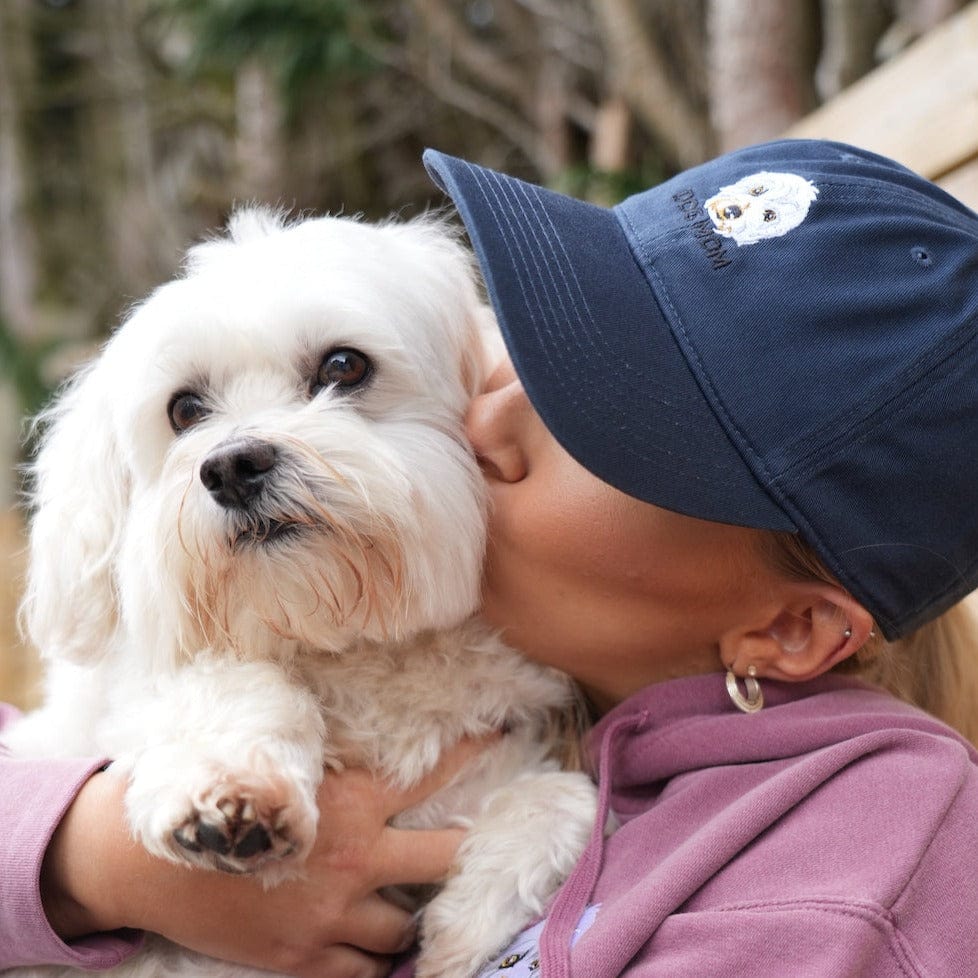
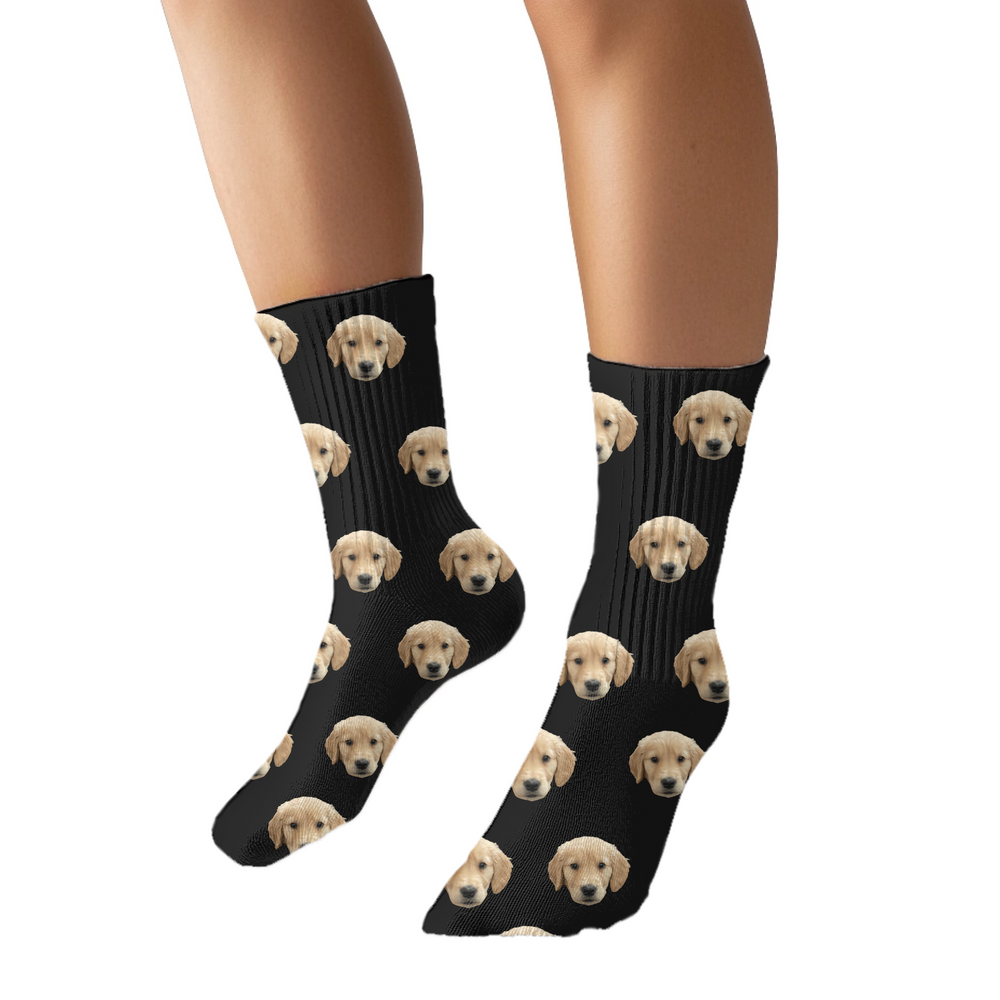

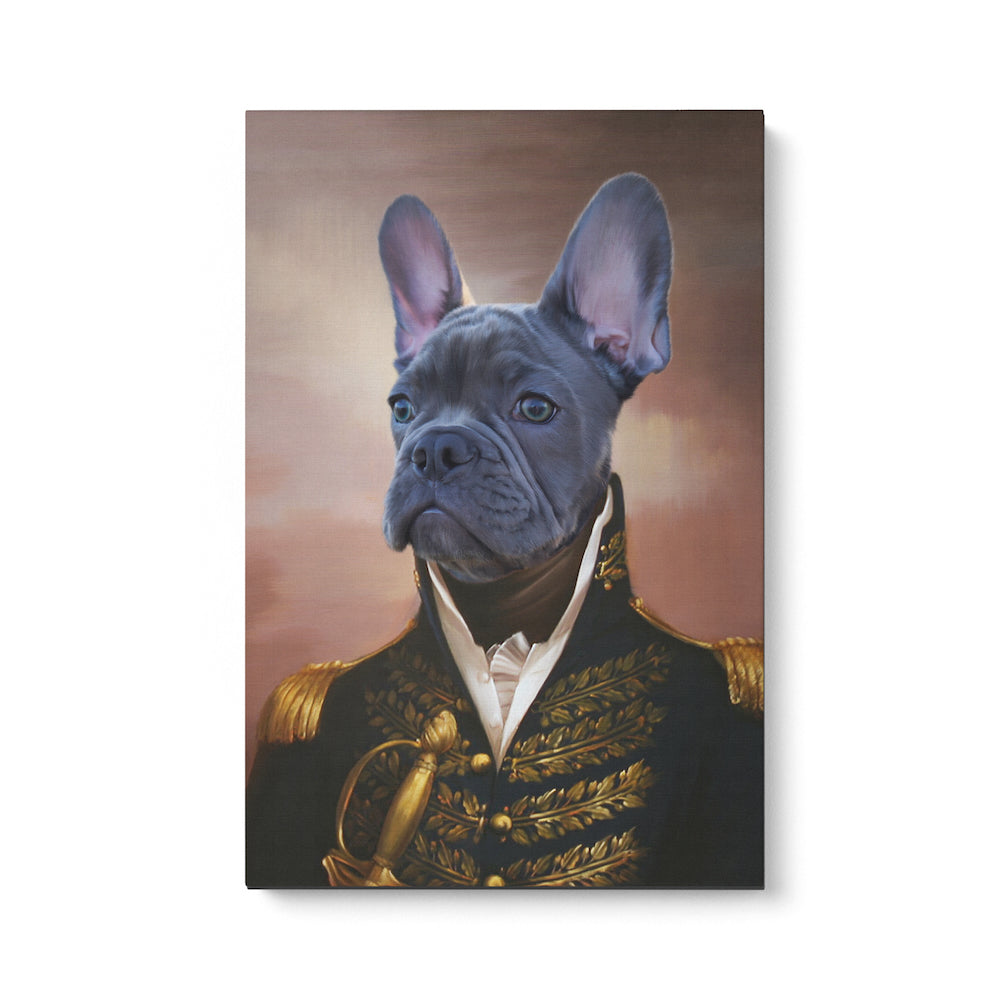


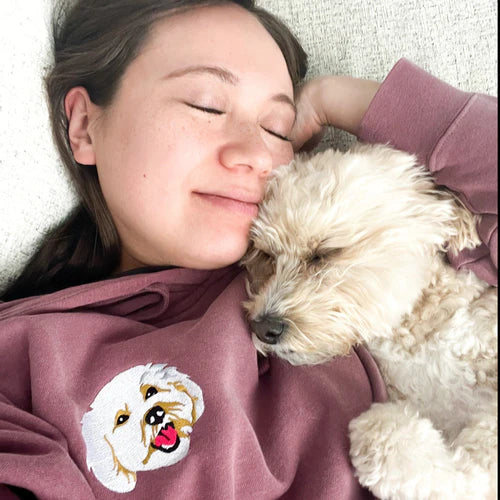
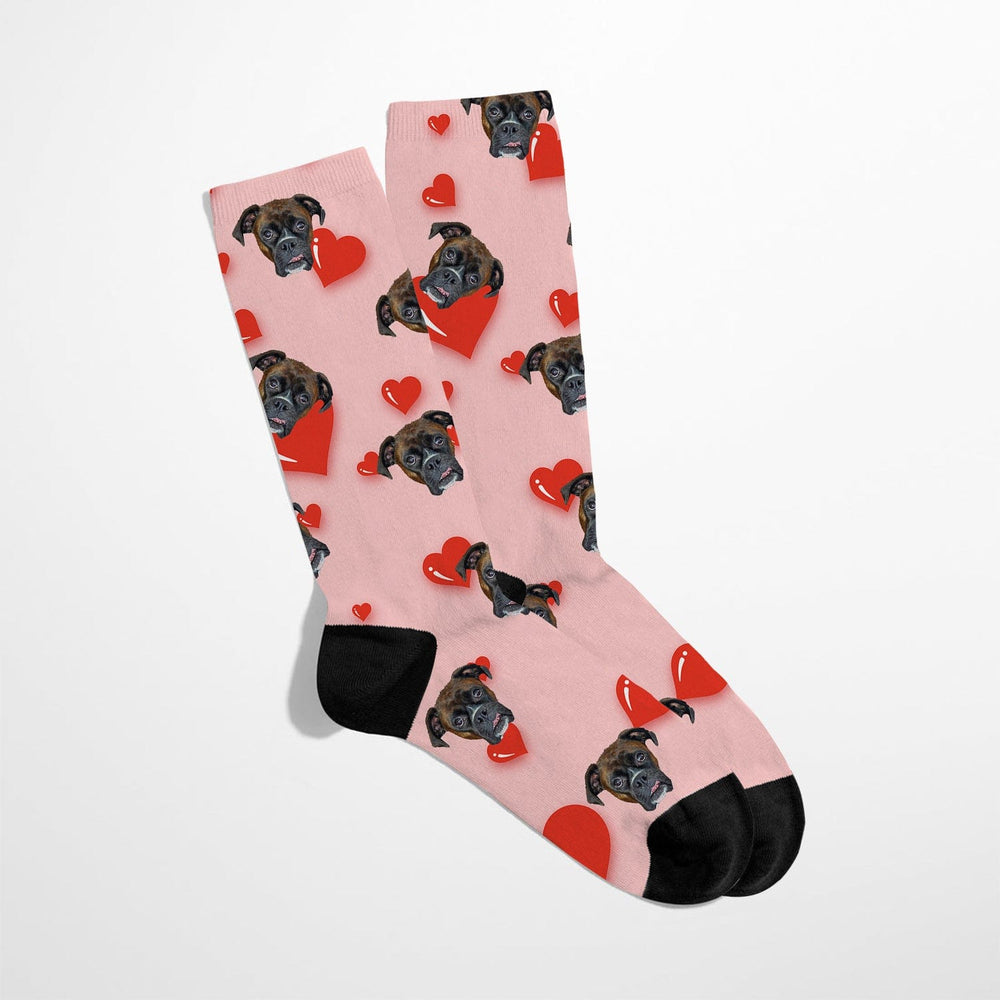

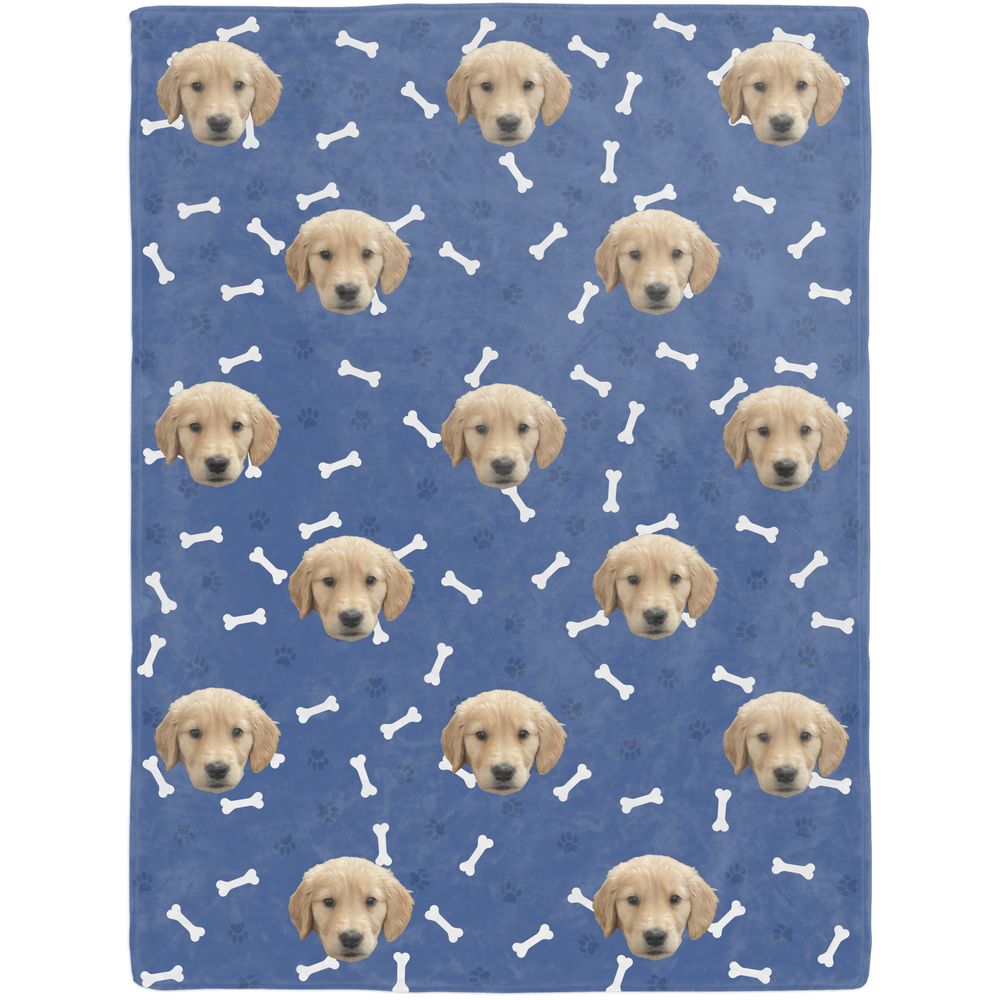
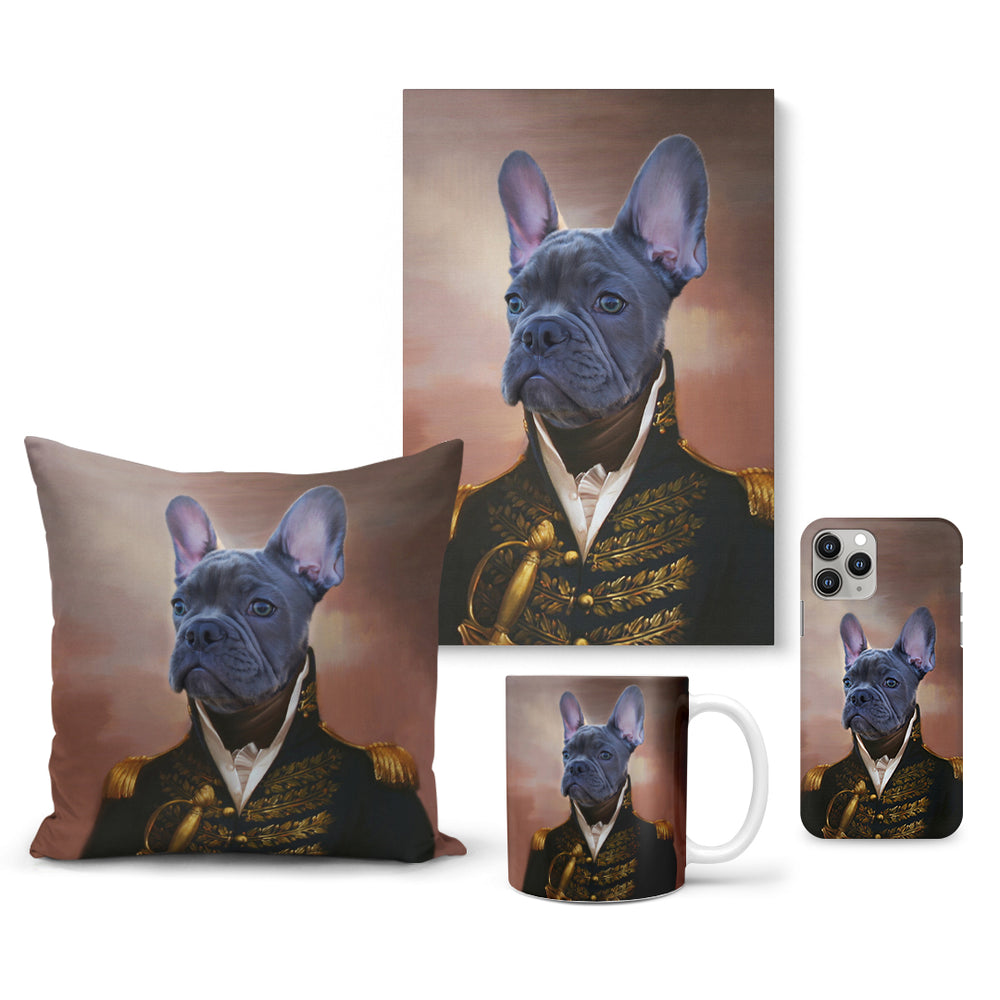
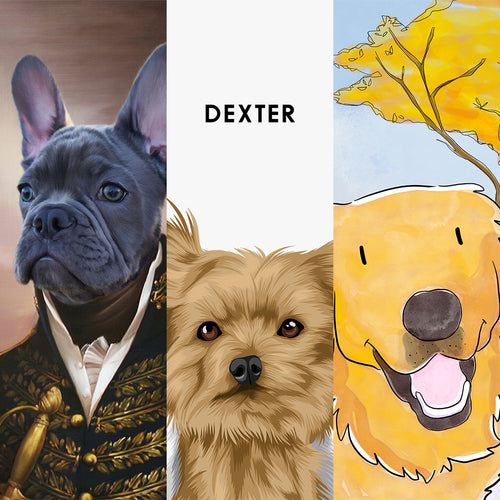
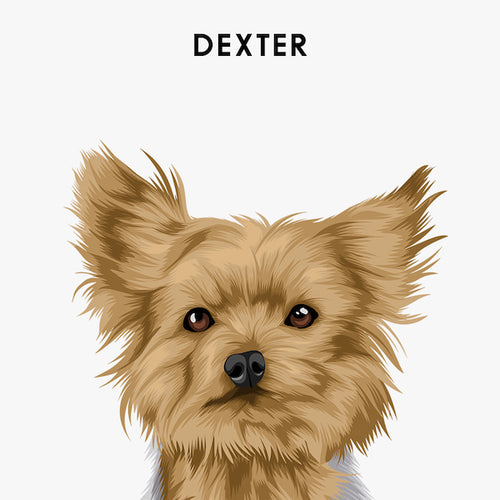


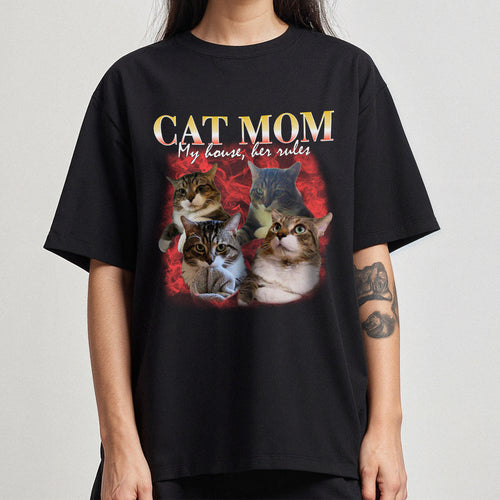



 Reviews
Reviews
 My Account
My Account
 Contact Us
Contact Us
 Help
Help
